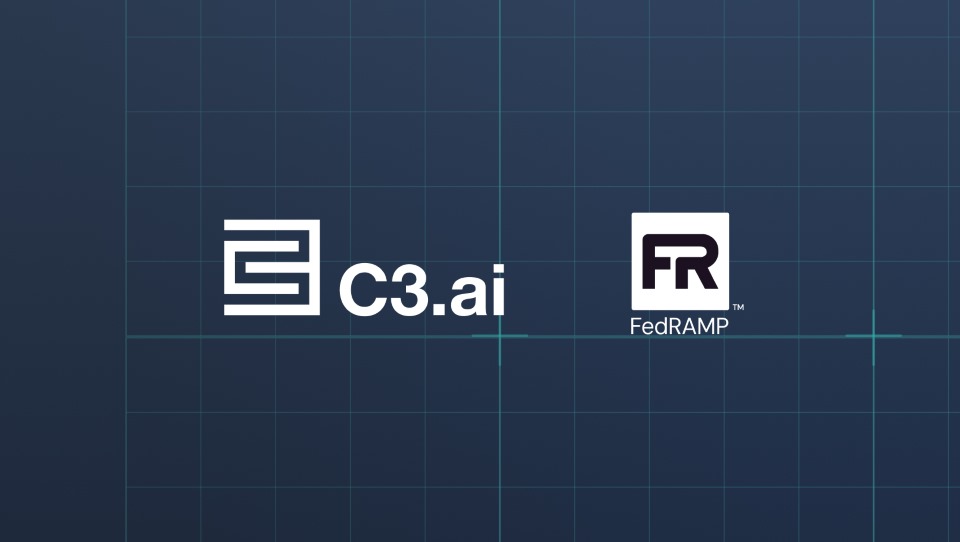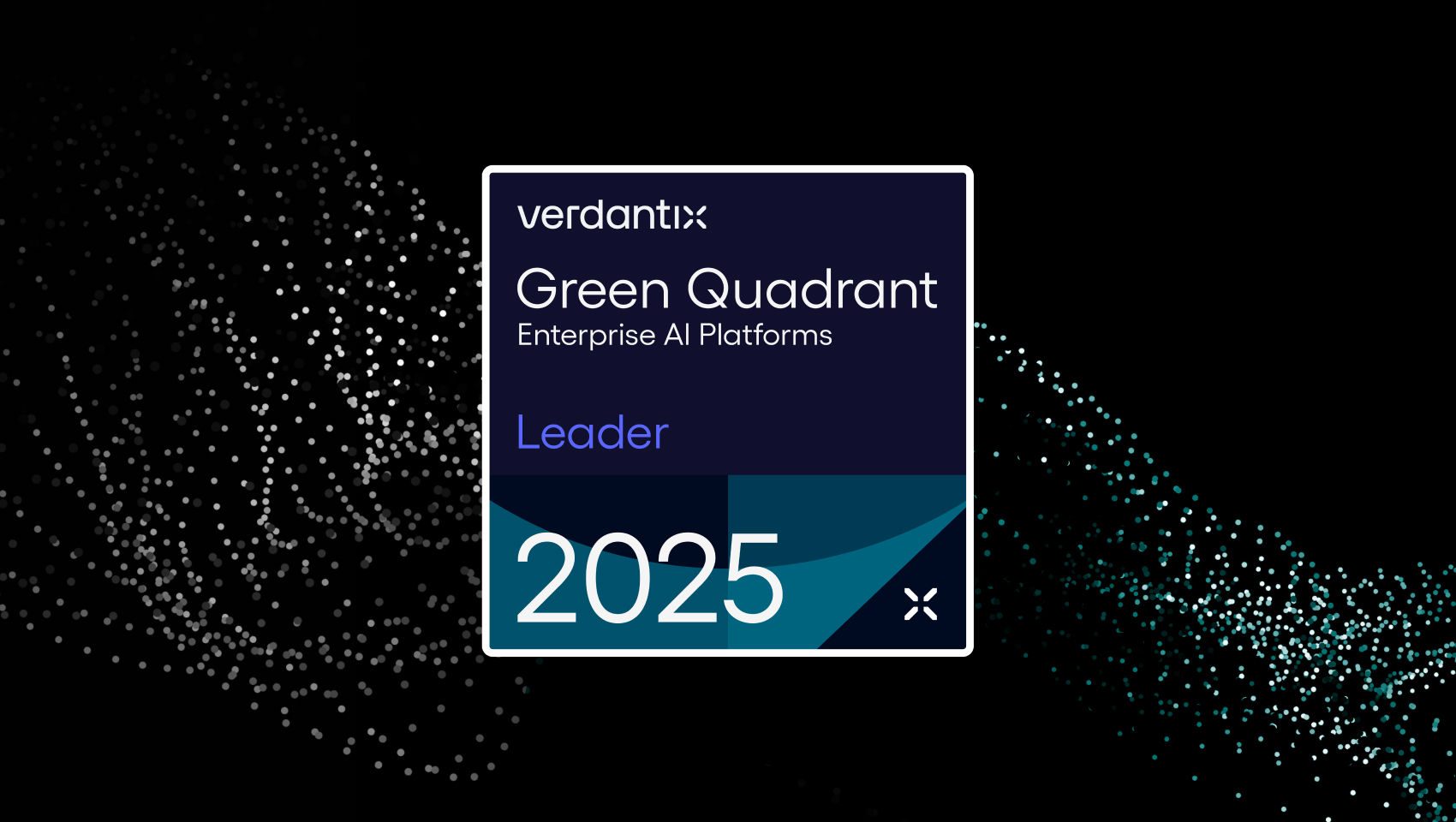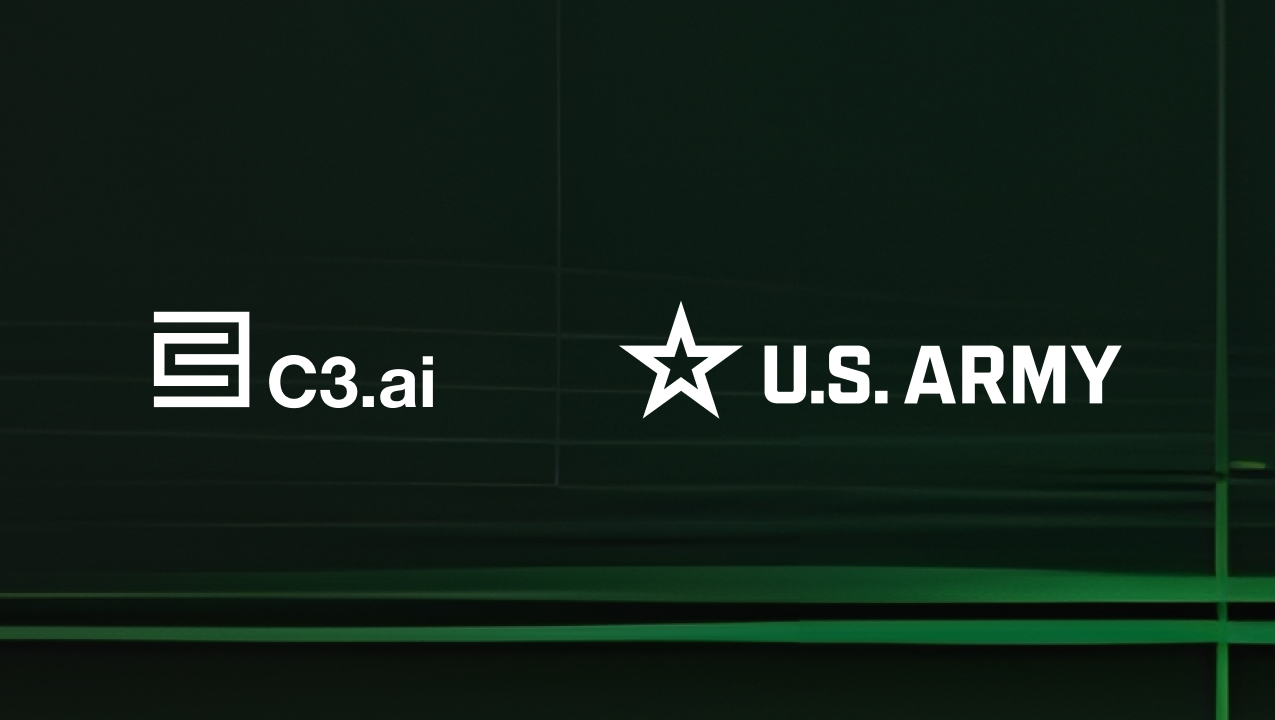This research note contains research and insights from Fred McClimans, Senior Analyst at Futurum Research.
The News: C3 AI has been getting some positive coverage from financial analyst firms since its IPO in December. Deutsche Bank, the global investment banking firm, recently published a client note discussing the competitive positioning of C3 AI and Palantir in the government and defense sectors. The research note highlighted an extensive multi-year evaluation conducted by a U.S. government organization involving multiple use cases, including predictive analytics and supply chain optimization, in support of a defense-related manufacturing process. The company was also named to the 2021 Financial Times’ list of fastest growing companies in the Americas.
C3 AI Gains Momentum and Increases Competitiveness with Model-Driven Approach to AI
Highlights of the Deutsche Bank report cited an evaluation, which led to a multi-year contract for C3 AI and subsequent extension, included: a 90%+ accuracy in actionable predictions; a reduction in unscheduled maintenance events by 40%; and the strength of the firm’s engineering and implementation services teams, which developed customer-tailored code and handled most of the design and integration work (allowing the customer to focus its limited resources on using the AI-based applications rather than developing and implementing them internally).
JMP, also published a research note that relayed a number of positive comments about C3 AI from industry sources in its software market update in April. One source made a favorable comparison of C3 AI with Palantir, saying C3 AI is “real” while Palantir is “80% service.” Other sources cited upcoming Federal contracts for C3 AI, strong connections with government advisors, and key product rollouts with industry partners like FIS in specific application areas like credit intelligence.
Competitive Insight into C3 AI’s Enterprise AI
Analyst Take: We’re not surprised by the success of C3 AI as noted in the Deutsche Bank and JMP research notes and consider the firm a strong competitor in both the government/defense and commercial sectors. Here’s why.
C3 AI, founded in 2009 by Tom Siebel, has taken what we consider to be a unique and differentiated approach to the challenge of managing and gaining insights from massive amounts of enterprise data. Moving beyond the traditional approach of data ingestion and storage at the core with data analytics apps layered on top, C3 AI has built its foundation on a PaaS-based platform (Enterprise AI) that serves as the focal point to develop and deploy at scale AI applications that drive business-wide insights from enterprise-wide data. It’s the difference between a data-first and an AI-first approach, and a key difference between C3 AI and Palantir.
The Competitive Posture
Founded in 2004, Palantir is well-established player in the defense, aerospace, and government sectors. Palantir has built the right relationships and become a trusted provider of data analytics services in highly secure government programs where the ability to operate in classified environments is essential. It has also built a strong services and integration business focusing on the integration of disparate data sources and the development of customization dashboards and monitoring tools for specific customer use cases.
But while an entrenched and well-connected incumbent, we view Palantir’s approach to be more of a traditional data-centric model, with a more traditional architecture and proprietary ontology — and one that potentially limits the development and integration of external AI-based technologies and data analytics applications. In contrast, C3 AI has focused on delivering a model-driven architecture that supports full AI/ML life cycle management (including development, ML Ops, and governance), and a vast library of pre-built cross-industry applications that are designed to be extended by its customers and partners (who own the resulting IP of the extensions).
C3 AI has also taken a broader value-driven approach to the application of AI within its customer base. Its Enterprise AI platform, pre-built applications, and no-code Ex Machina tools allow teams beyond the traditional data scientist role (e.g., data engineers, operations teams, application developers, DevOps teams, and even business managers) to directly access the value of data and develop the applications that drive material business value. This differs quite a bit from Palantir, which focuses on the data analyst community and effectively competes with the application developers and data scientists within the enterprise. Taking a look at publicly available financial information, Palantir’s growth rate in commercial, where customers want more control over development and less lock-in, is lagging that of their growth in government accounts (21% versus 45%, CY20 over CY19), and was only 4% year-over-year in Q4CY2020.
From a competitive perspective, Palantir’s track record and installed base in highly classified environments may be its strongest asset. But in evaluating a number of C3 AI’s implementations within the government, aerospace, and defense sectors, we believe C3 AI’s combination of secure SaaS/PaaS solutions (deployed in secure Virtual Private Clouds), extensive security certifications, strong focus on helping customers transform their operations, and its demonstrated commitment to helping customers define and test emerging use cases as a development and implementation partner will effectively eat into Palantir’s installed-base advantage over time.
It’s an AI-based Future
While legacy providers are still focused on limited, data-centric models, we believe an enterprise application/platform approach, such as C3 AI’s Enterprise AI development platform and applications, that focuses on the use of an AI-based platform of technologies at the core to extract value from data assets makes much more sense. This is particularly true for mission-critical aerospace and defense applications where IoT sensors are increasingly embedded throughout the operational process, the amount of data is massive, and real-time and predictive insights are critical to ensuring optimal asset availability, operational efficiency, and program success.
We’ll close with a note that while C3 AI was hard hit by the February market correction and quarterly results of $49.1 million that only slightly beat the street estimates, it’s early in the AI game. Based on our analysis and knowledge of the market, we expect good things ahead from C3 AI.
Futurum Research provides industry research and analysis. These columns are for educational purposes only and should not be considered in any way investment advice.
Read full article here.




